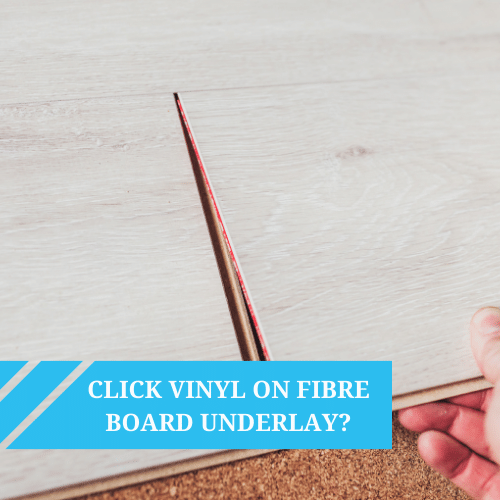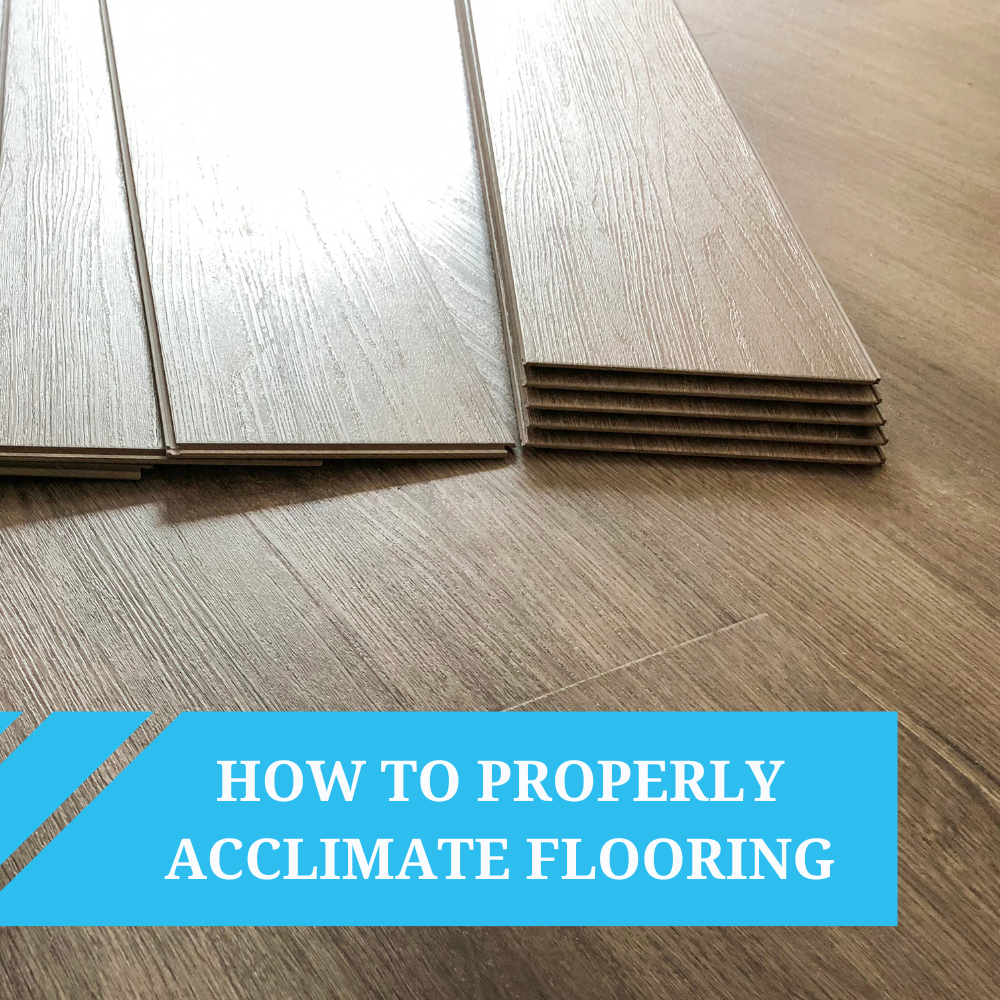We use cookies to make your experience better. To comply with the new e-Privacy directive, we need to ask for your consent to set the cookies. Learn more.
Easy Installation: Why Laminate Flooring is DIY Friendly
Learn why laminate is the perfect choice for easy home improvement. Explore key tips and tricks for a successful installation. Get started on your project today!
Easy Installation: Why Laminate Flooring is DIY-Friendly
Starting a home improvement project can be exciting but also intimidating - especially if it involves changing your floors. The good news is that some types of floors, like laminate, are designed with easy installation in mind. Installing laminate flooring is quick and simple, even if you're a total novice. With the right tools and a little know-how, you’ll have your new floor installed in no time.
In this blog, we'll give you all the information and guidance you need to install laminate flooring on your own. You’ll also discover why laminate flooring is often considered the best choice for DIY projects, alongside step-by-step instructions that are simple to follow.


The Simplicity of Laminate Flooring Installation
Laminate, with its simplicity and flexibility, is often touted as the best DIY flooring choice. The key to its DIY-friendliness, lies in its intuitive installation process that requires minimal tools and no special skills. This opens the door to professional-looking results, even for beginners. You can learn more about the pros and cons of laminate in our in-depth blog.
What Makes Laminate Flooring Installation Simple?
- Click lock system
- Easy to cut to size
- No prior experience is required
- Minimal tools required
Laminate planks are designed with a smart click-and-lock system, an ingenious feature that allows the tongues and grooves of the planks to interlock seamlessly. This system eliminates the need for any adhesive or complex tools, simplifying the overall flooring installation process.
Another advantage of installing laminate flooring is that it doesn't require prior experience. The step-by-step instructions are easy to follow, and with a little patience and precision, you can lay laminate flooring that rivals professional installation.
The durability and AC rating of laminate flooring also make it an excellent choice for high traffic areas such as the living room. Even when exposed to high foot traffic, it retains its looks perfectly, thanks to the wear layer that protects it from scratches.
The convenience of laminate extends to its adaptability. The planks can be easily cut to size, accommodating tricky corners or obstacles. There is also typically an allowance for an expansion gap to cater for any natural expansion or contraction.
The beauty of laminate flooring lies not only in its appealing finish and resilience but also in the simplicity of its installation.


How to Install Laminate Flooring: A Step-by-Step Guide
Installing laminate flooring is easier than you might think. Here’s a step-by-step guide to installing click laminate floors:
Step 1: Preparing the Subfloor
Start by preparing your subfloor. It should be clean, flat, and dry. Remove any old flooring, and make sure there are no nails sticking out, or debris. If you’re installing over a concrete subfloor, ensure it’s dry to avoid moisture issues.
Step 2: Acclimating the Laminate Planks
Before installing, allow the laminate planks to acclimate to the room’s conditions. Leave them in the room for at least 48 hours. This helps in preventing expansion or contraction after installation. Some manufacturers may recommend acclimatising the floor for 72 hours. Make sure you read the instructions carefully prior to installation.
Step 3: Planning the Layout
When planning the layout, consider starting along the longest wall of the room. This makes the process more manageable and enhances the aesthetic appeal. Also, check the AC rating to make sure the laminate is suitable for the intended level of foot traffic the floor will be exposed to.
Step 4: Installing the Underlay
Roll out the underlay across the floor. This layer acts as a moisture barrier and provides some cushioning and sound reduction to the floor. There are different types of underlays available to fit different environments. Compare the different underlay options before choosing the best one to fit the needs of your laminate.
Step 5: Click-and-Lock Installation
Now, you're ready for the main event - installing the laminate planks. Start at one corner of the room and work your way across. Place the first plank with the tongue side facing the wall. The click-and-lock system allows the planks to snap together effortlessly. Just align the tongues and grooves and click them together.
Step 6: Cutting and Fitting
You may need to cut the boards to fit around obstacles or to use at the end of each row. When cutting, ensure the decorative side is facing up to avoid chipping. Always leave an expansion gap around the room’s perimeter to allow for natural expansion and contraction.
Step 7: Add the Finishing Touches
Once all planks are installed, add baseboards or trim to cover the expansion gap. This will give your room a polished, professional look. We have a beautiful selection of matching trims, beading, and profiles to choose from.
By following these steps, your DIY project will result in a professional quality installation. You’ll be able to enjoy a beautiful, scratch-resistant, and easy-to-clean floor that will last for decades with minimal maintenance.
Keep in mind that some laminate floors require a glue down installation method. Each plank will need to be secured down with a suitable adhesive. While this isn’t as easy as the click method, you can still achieve a successful DIY laminate installation.


Tips and Tricks for a Successful Installation
To achieve best results in the DIY laminate flooring installation process, follow the adage: 'measure twice, cut once'. Precise measurements can save you from unnecessary wastage and help you achieve the best fit possible for your laminate planks. Remember, achieving an accurate cut at the start saves you trouble down the line.
The right tools also make all the difference. Key items to have on hand are a saw for cutting the boards, a measuring tape for precise dimensions, spacers to ensure the correct expansion gap and a rubber mallet to secure the click-and-lock installation process.
Plan your installation in advance. Don't rush; it's not a race. If you need to span the process over multiple days, that's completely fine. Remember to take breaks as needed to maintain your attention to detail.
Once your floor is installed, don’t overlook the importance of proper maintenance. Keeping your new laminate flooring clean and well cared for will prolong its life and keep it looking its best. Regular sweeping or vacuuming can remove debris that might scratch the surface, and wiping up spills promptly will protect your laminate's wear layer. For in-depth cleaning tips, check out our guide on how to clean laminate floors.
Conclusion
Having walked you through the process, from the initial preparations to the crucial steps of installing and maintaining your laminate flooring, we're confident you're well-equipped to handle the job. Not only is laminate flooring a practical and aesthetically pleasing choice, but it's also a fantastic option for DIY enthusiasts. With these tips and tricks at your fingertips, you’ll soon be on your way to enjoying your beautiful new laminate floor.
Find the perfect laminate flooring for your home and get your DIY project started.









